One hundred years ago, San Francisco flaunted its recovery from the devastating 1906 earthquake and fire with the spectacular Panama-Pacific International Exposition. Not only did the city rise phoenix-like from its own ashes, but it transformed its northeastern waterfront into a lavish showcase for new ideas and innovations.
As Shelly Kale writes on the PPIE website:
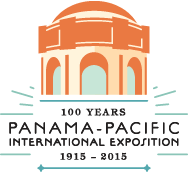 The goals of the fair, which ran from February 20 to December, 1915, transcended any expected economic boost for the city. In the exposition’s official history, published in 1921, San Francisco journalist Frank Morton Todd reflected on a lofty ambition: “to produce in San Francisco a microcosm so nearly complete that if all the world were destroyed except the 635 acres of land within the Exposition gates, the material basis of the life of today could have been reproduced from the exemplifications of the arts, inventions and industries there exhibited.”
The goals of the fair, which ran from February 20 to December, 1915, transcended any expected economic boost for the city. In the exposition’s official history, published in 1921, San Francisco journalist Frank Morton Todd reflected on a lofty ambition: “to produce in San Francisco a microcosm so nearly complete that if all the world were destroyed except the 635 acres of land within the Exposition gates, the material basis of the life of today could have been reproduced from the exemplifications of the arts, inventions and industries there exhibited.”
 The PPIE was only meant to show off innovations from the past decade. In 1915, this meant that audiences could watch a daring aviator fly stunts (or try a less alarming flight themselves). Laura Ackley, author of The Jewel City, adds: “Visitors could watch the assembly of a pair of Levi’s jeans or a brand new Ford, take in an avant-garde art display or listen to a speech by Teddy Roosevelt. They could see a temple molded entirely from soap or a tiny rosebush made of gems—or butter. When tired of riding around a six-acre replica Grand Canyon or a five-acre model of the Panama Canal, attendees could ascend nearly three hundred feet into the sky in a “house” attached to a steel arm. [They could also spend the night in a replica of Yellowstone’s Old Faithful Inn, or see Blackfoot Indians at the Glacier National Park exhibit.–CV] If the midway did not attract, they could enjoy a daily rotation of bands, parades, pageants, and headlining entertainers, including bandmaster John Philip Sousa, renowned composer Camille Saint-Saëns, and flamboyant dancer La Loïe Fuller.”
The PPIE was only meant to show off innovations from the past decade. In 1915, this meant that audiences could watch a daring aviator fly stunts (or try a less alarming flight themselves). Laura Ackley, author of The Jewel City, adds: “Visitors could watch the assembly of a pair of Levi’s jeans or a brand new Ford, take in an avant-garde art display or listen to a speech by Teddy Roosevelt. They could see a temple molded entirely from soap or a tiny rosebush made of gems—or butter. When tired of riding around a six-acre replica Grand Canyon or a five-acre model of the Panama Canal, attendees could ascend nearly three hundred feet into the sky in a “house” attached to a steel arm. [They could also spend the night in a replica of Yellowstone’s Old Faithful Inn, or see Blackfoot Indians at the Glacier National Park exhibit.–CV] If the midway did not attract, they could enjoy a daily rotation of bands, parades, pageants, and headlining entertainers, including bandmaster John Philip Sousa, renowned composer Camille Saint-Saëns, and flamboyant dancer La Loïe Fuller.”
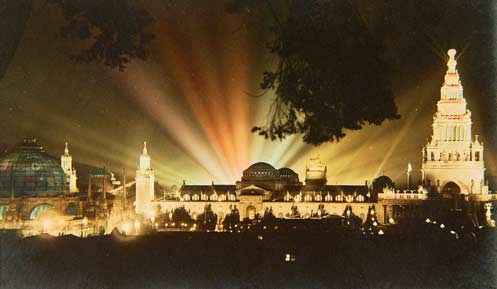 The National Park Service’s PPIE website notes:
The National Park Service’s PPIE website notes:
“New farming and agricultural technologies were also introduced; Luther Burbank, creator of many new kinds of plants including the Burbank potato, Santa Rosa plum, Shasta daisy, and the fire poppy was in charge of the Horticulture Palace. Author Laura Ingalls Wilder was particularly impressed with new dairy techniques—as she wrote, ‘I saw…cows being milked with a milk machine…it milked them clean and the cows did not object in the least.'”
Shelly Kale continues: “Among its many attractions, the fair boasted the world’s largest wood and steel building (the Palace of Machinery), the largest state building (the California Building), a juried exhibition described as the nation’s best modern art collection (the Palace of Fine Arts), the first transcontinental telephone call (made by Alexander Graham Bell to the fairgrounds before the fair opened), and indirect lighting for outdoor effects used for the first time at an exposition. Complementing the spectacular illuminations were “jewels” of polished crystal and colored glass accentuating architectural features, most visibly on the 43-stories-tall Tower of Jewels, giving the fair its nickname, the Jewel City.”
 Today the only building remaining from the Panama-Pacific International Exposition is Bernard Maybeck’s Palace of Fine Arts. And San Franciscans still enjoy Crissy Field, the grass airfield created on the site of the PPIE’s automobile track.
Today the only building remaining from the Panama-Pacific International Exposition is Bernard Maybeck’s Palace of Fine Arts. And San Franciscans still enjoy Crissy Field, the grass airfield created on the site of the PPIE’s automobile track.
There are illuminating activities and exhibits all over the city this year. If you’re here, be sure to see some! My personal favorite is the scale model of a large section of the PPIE brought out of storage and placed on show through December at the California Historical Society, 678 Mission St.



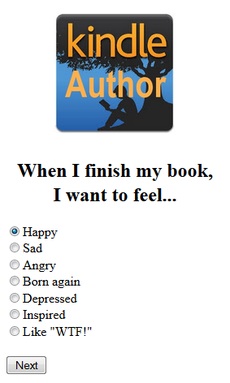
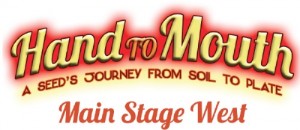





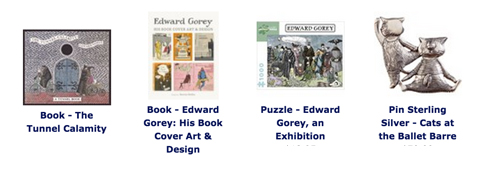

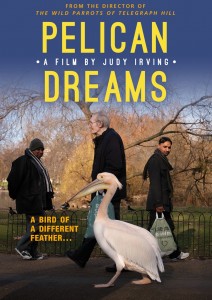

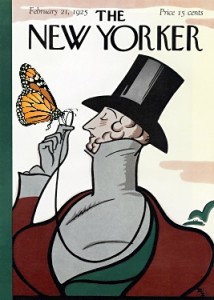
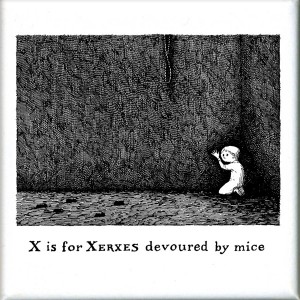
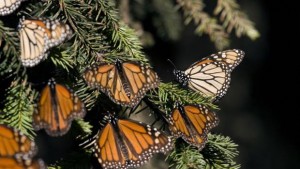
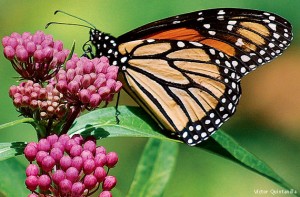
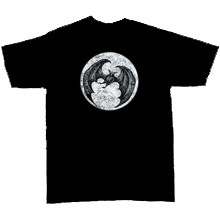



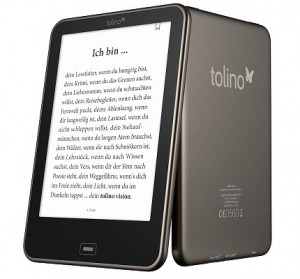


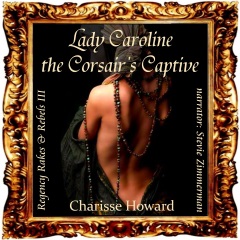

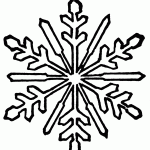
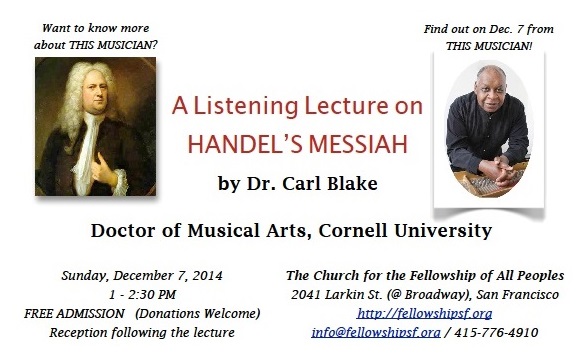
Let’s be clear that this 50% royalty is from net. so actually a less than 35% royalty from list price, or half what an author will get going it alone with KDP.
The $1,500 advance is pretty feeble to start with, and requires the author to supply the completed, edited, proofed and formatted file and cover, all at the author’s own cost.
The promise of \featured Amazon marketing\ means sweet FA on its own. Just a lure to unwary indies thinking they’ll get the same red carpet treatment the Amazon imprints get. Which begs the question why,if Amazon is seriously interested in these titles and will push them properly, they are being kept quite separate from the Amazon imprints.
. . . Amazon know as well as anyone that indies looking to game the system will get all their e-friends to vote up their books, so safe to say the crowdsourcing element is just for show. What Amazon will do is pick titles that look promising, or from indies with a track record – especially on other retailers – and pay out $1,500 to ensure these titles are exclusive with Amazon and not on other retailers for the next five years.
. . . Selling at $4.99 Amazon will need to sell just 462 copies to make back the advance it paid out. The author will have to sell 1,200 to pay back the advance before they see another cent.
Ebook Bargains . . . point out a point I’d failed to notice. Authors end up paying back that $1500 advance with their first income. Even if modestly successful, authors may find themselves waiting a year or more after publication before they earn a penny.
To that I would counter that for many indie authors, selling 1200 copies in a year is a big enough uptick to be worth halving the potential royalty per book. Strong sales of one book are (A) likely to boost sales of other titles, and (B) preferable to the freebie alternative. Also, since the author retains print rights, s/he can recoup some of that so-called loss by issuing the book in paperback. Amazon does offer a (fairly lame) bail-out clause for the disappointed: “If you do not earn at least $25,000 during any 5-year term, you’ll have six months after the end of that 5-year period in which you can choose to stop publishing with us and request your rights back.”
“You acknowledge that we have no obligation to publish, market, distribute or offer for sale your Work, or continue publishing, marketing, distributing or selling your Work after we have started doing so. We may stop publishing your Work and cease further exploitation of the rights granted in this Agreement at any time in our sole discretion without notice to you.”
Conclusions? I’m tentatively planning to submit my next genre-series book to Kindle Scout, in the hope it will (1) win, bringing great fanfare and skyrocketing sales, and (2) publicize my other books, which have great reviews but low visibility. I figure, they’re only asking for 50,000+ words, not exactly The Goldfinch or War and Peace, and if they don’t accept this one, no loss. Before I try it, though, I’m waiting for Kindle Press to go tangible and show my winning nominees some of that “featured Amazon marketing.”
What do you think? Have you tried Kindle Scout, or do you intend to? Why or why not?